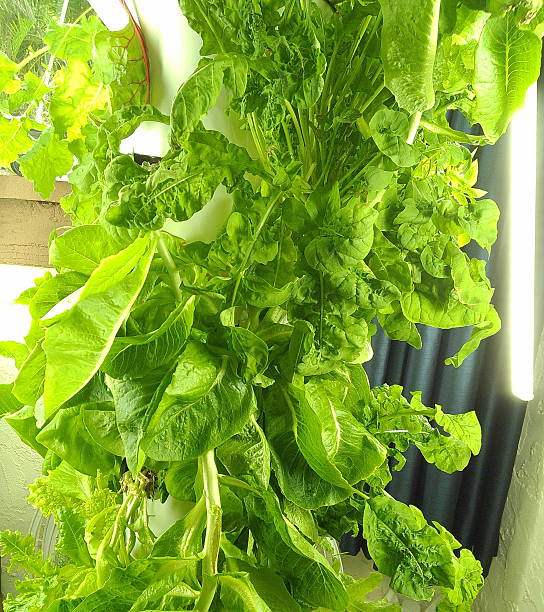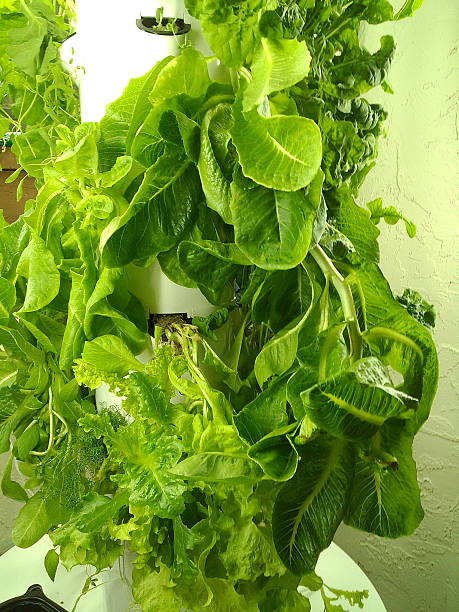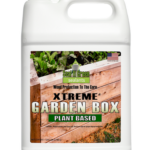In a world where living spaces are shrinking and fresh food is a premium, the concept of growing your own produce at home is more appealing than ever. A hydroponic tower offers a revolutionary solution, transforming even the smallest apartment or balcony into a thriving garden. These vertical systems, also known as grow towers, leverage the power of hydroponics to cultivate a wide variety of plants without soil, mess, or the need for a large outdoor space. They’re a game-changer for urban dwellers and anyone looking to embrace a more sustainable lifestyle.
What Makes Hydroponic Towers So Effective?
At its core, a hydroponic system is about providing plants with what they need most: water, nutrients, and light, directly to their roots. Traditional farming relies on soil as a medium, and while effective, it’s often inefficient. Water and nutrients can be lost to the ground, and plant growth can be limited by soil quality. A hydroponic tower completely bypasses these issues.
Instead of soil, plants in a grow tower are held in place by net pots or other inert media, with their roots suspended in the air within the tower’s central column. A reservoir at the base holds a nutrient-rich water solution. An automated pump circulates this solution to the top of the tower, allowing it to cascade down, bathing the roots in everything they need to flourish. This continuous, cyclical process is incredibly efficient, using up to 95% less water than traditional farming methods.
The interval-based watering method used in these towers is a form of aeroponics, a sub-type of hydroponics. This technique exposes the roots to more oxygen, which is crucial for healthy, rapid growth. While “hydroponics” is the broader term, understanding this distinction highlights why these systems are so productive. Plants in a hydroponic tower often grow faster and yield more than their soil-grown counterparts because they have constant, direct access to the exact nutrients and oxygen levels they require.
The Benefits of Vertical Gardening
One of the most significant advantages of a hydroponic tower is its small footprint. A single head of lettuce on a conventional farm can take up a square foot of land, but in a vertical grow tower, you can cultivate a dozen or more plants in the same amount of space. This vertical approach makes it possible to have a bountiful garden on a small balcony, patio, or even indoors.
For those without a yard, the dream of a vegetable garden is no longer out of reach. You can place a hydroponic tower in a corner of your living room, on a balcony, or in a sunlit kitchen. With the addition of LED grow lights, you can even grow year-round, regardless of the season or external weather conditions. This makes fresh, organic produce available right at your fingertips, reducing reliance on grocery stores and long-distance food transport.
- Space-Saving Design: A hydroponic tower allows you to grow a large number of plants in a minimal footprint.
- Water Efficiency: These systems recycle water, using up to 95% less than traditional soil-based gardening.
- Faster Growth and Higher Yields: Direct nutrient delivery and increased oxygen exposure lead to accelerated plant growth and more abundant harvests.
- Year-Round Growing: Indoor setups with grow lights enable you to cultivate fresh food 365 days a year.
Key Components and Considerations
When choosing a hydroponic tower, it’s important to consider its components and safety. The best systems are made from food-safe, BPA-free plastics like HDPE or PP, ensuring no harmful chemicals leach into your plants or water. The inclusion of energy-efficient LED grow lights is also a key feature, as it allows for indoor cultivation and provides the full spectrum of light necessary for healthy plant development. Modern LED technology has made these lights affordable to run and long-lasting, a vast improvement over older, more energy-intensive lighting systems.
The automation of watering and lighting is another hallmark of a great grow tower. With programmable timers, you can set the ideal schedules for your plants, ensuring they receive the right amount of light and water at every stage of their life cycle. This minimal maintenance makes hydroponic gardening accessible to everyone, from novice gardeners to seasoned experts.
Conclusion
The evolution of the hydroponic towers represents a significant step towards a more sustainable and accessible food future. These innovative systems make it possible for anyone, anywhere, to grow fresh, healthy food with minimal effort and resources. By conserving water and land, and providing a reliable source of nutritious produce, a grow tower is more than just a piece of gardening equipment—it’s a tool for personal and environmental well-being. For a deeper dive into this exciting world, explore the systems from ALTO Garden and discover how you can start your own vertical farming journey today.





